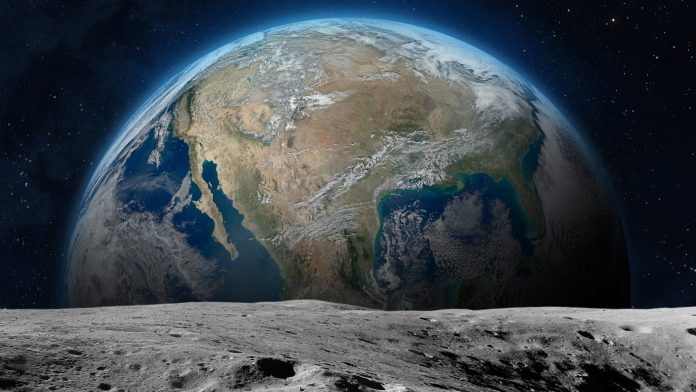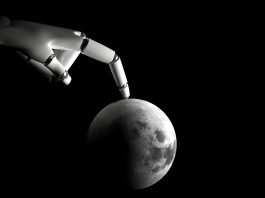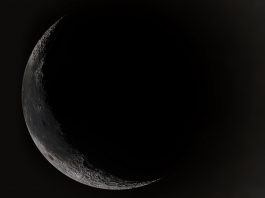An international collaboration of researchers has discovered a new high-pressure mineral in a lunar meteorite, offering some insight into what happens to materials within the Earth’s mantle.
This mineral, named donwilhelmsite, is the first high-pressure mineral to be found in a lunar meteorite that has applications for terrestrial sediments. Mainly composed of calcium, aluminium, silicon, and oxygen atoms, donwilhelmsite was discovered within the lunar meteorite Oued Awlitis 001 found in Western Sahara.
The meteorite is similar to Earth’s rocks. In the ocean, at depths of around 460-700 km, the amount of pressure turns eroded sediment into denser mineral phases, including the newly discovered mineral donwilhelmsite. In the terrestrial rock cycle, donwilhelmsite is therefore an important agent for transporting continental crustal sediments through the transition zone of the Earth’s mantle (460-700 km depth).
Dr Vera Assis Fernandes of The University of Manchester, UK, measured the Argon isotopic composition of lunar rocks to date their complex history including magmatic formation, multiple impact bombardments, and the exposure to cosmic rays on the lunar surface, over billions of years. During impact bombardment rocks like the lunar meteorite Oued Awlitis 001 experience extreme physical conditions. This often led to shock melting of microscopic areas forming veins or melt pockets within these meteorites.
“These shocked areas are of great relevance as they mirror pressure and temperature regimes similar to those prevailing in the Earth’s mantle, and therefore are natural crucibles hosting minerals that are otherwise naturally inaccessible at the Earth’s surface.”
The new mineral was named in honour of the lunar geologist Don E Wilhelms, an American scientist involved in landing site selection and data analyses of the Apollo space missions that brought to Earth the first rock samples from the Moon. Part of the meteorite Oued Awlitis 001 is now on display at the Natural History Museum Vienna.









